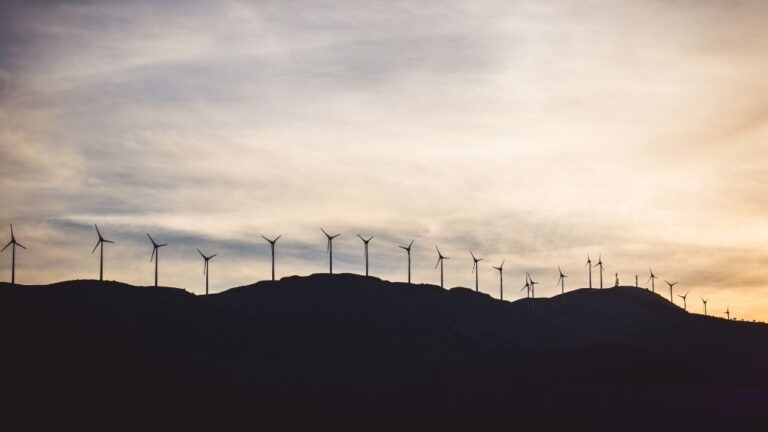The effects of climate change endanger humans all over the world. Nonetheless, indigenous people - who contributed the least - are doubled affected. As countries are increasingly implementing adaptation strategies, renewable energy is often raised as the solution - with large projects being constructed in rural areas. This however overlooks the interests of indigenous peoples living in these areas.
According to the United Nation, indigenous peoples are those who lived in a place before colonisation, with social and cultural similarities. Indigenous peoples live across 70 countries and represent 5 % of the world’s population. However, they also represent ⅓ of the world’s rural poor. The UN reports that climate change exacerbates marginalisation, discrimination and unemployment towards indigenous groups. Moreover, the traditional lands of indigenous communities are among the most vulnerable to climate change effects and account for much of the remaining biological and ecosystem diversity in the world. These issues are intensified by the implementation of development projects, including energy infrastructure, in rural areas. While this may lead to opportunities for rural communities, it also poses the challenges to indigenous communities.
This is a global issue for both high- and low-income countries. When it comes to the aftermath of rural development projects, indigenous peoples around the world face very similar challenges. The Saami, Europe’s only indigenous people, are heavily affected. We therefore talked to Åsa Larsson Blind, vice-president of the Saami Council, a non-governmental indigenous organisation bringing together different Saami organisations to support their rights. We talked to Åsa Larsson Blind about the influence rural development projects have on indigenous peoples’ livelihoods.
Indigenous challenges in Sweden and in the world
The Saami culture, identity and traditional husbandries stretch back thousands of years. The area in which they live is called Sápmi, located in the northern part of the Arctic and expanding over Sweden, Finland, Norway and Russia. Due to the geographical and cultural diversity there is not one Saami population, and different parts face different issues and influences. The diversity of indigenous groups is the first take-home message Åsa Larsson Blind conveys to us.
In the parts of Sápmi located within Swedish state territory, an estimated 2500-3000 people depend on reindeer husbandry for their livelihoods. These groups are highly affected by landscape changes caused by development projects. For example, water and land changes have disrupted previous reindeer migration routes and availability of grazing land, Åsa Larsson Blind explains.
Yet, the Saami experience is not unique. Worldwide, indigenous peoples face similar challenges, including discrimination, exclusion from political decision-making and marginalisation. At the same time, they have traditional knowledge and assets valuable to address global sustainability problems.
Despite international pressures to protect indigenous rights, Sweden is one of the countries to not yet take its full responsibility for Saami rights and livelihoods. Åsa tells us that there is not a structured way of consulting the Saami in national strategic and policy discussions in Sweden. To cope with the effects of changes in the landscape, there are no other options for reindeer herders than to adapt. However, such strategies come with costs, often at the expense of reindeer herders themselves.
– Rural industrial development in Sápmi is unproportional, and we cannot be expected to pay with our future and culture for Sweden to be able meet its climate goals, Åsa Larsson Blind says, highlighting the issue of climate justice facing planned mining developments in Sápmi. It all comes down to human rights. Indigenous needs must be addressed more in international and national climate strategies.
A future outlook
In all this, there is hope for the future. Åsa Larsson Blind believes education about the Saami and reindeer herding is key.
– The children of today are growing up to be company leaders, politicians or municipality employees. They cannot take Saami rights into consideration if they do not know about it, she ends.

